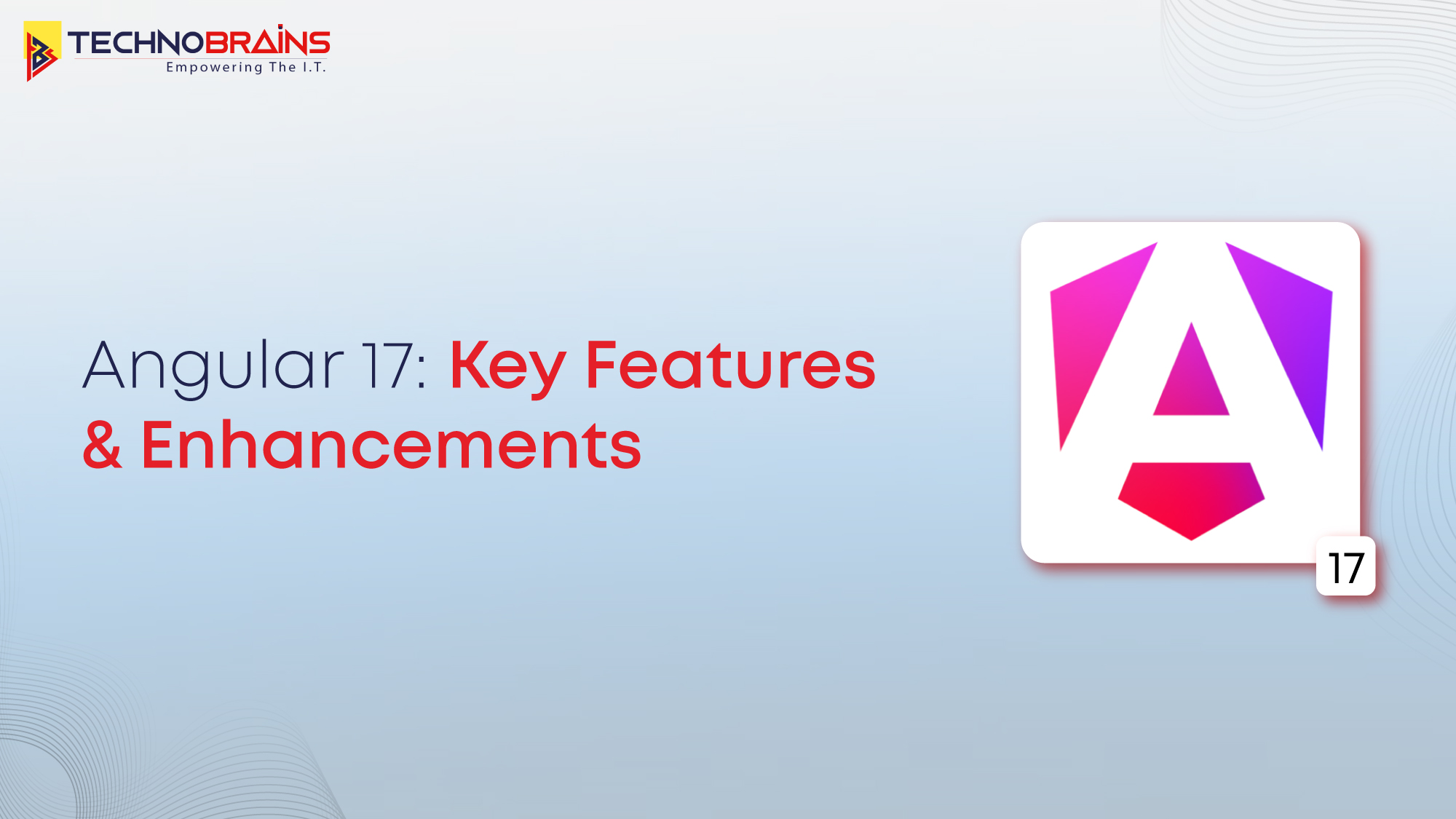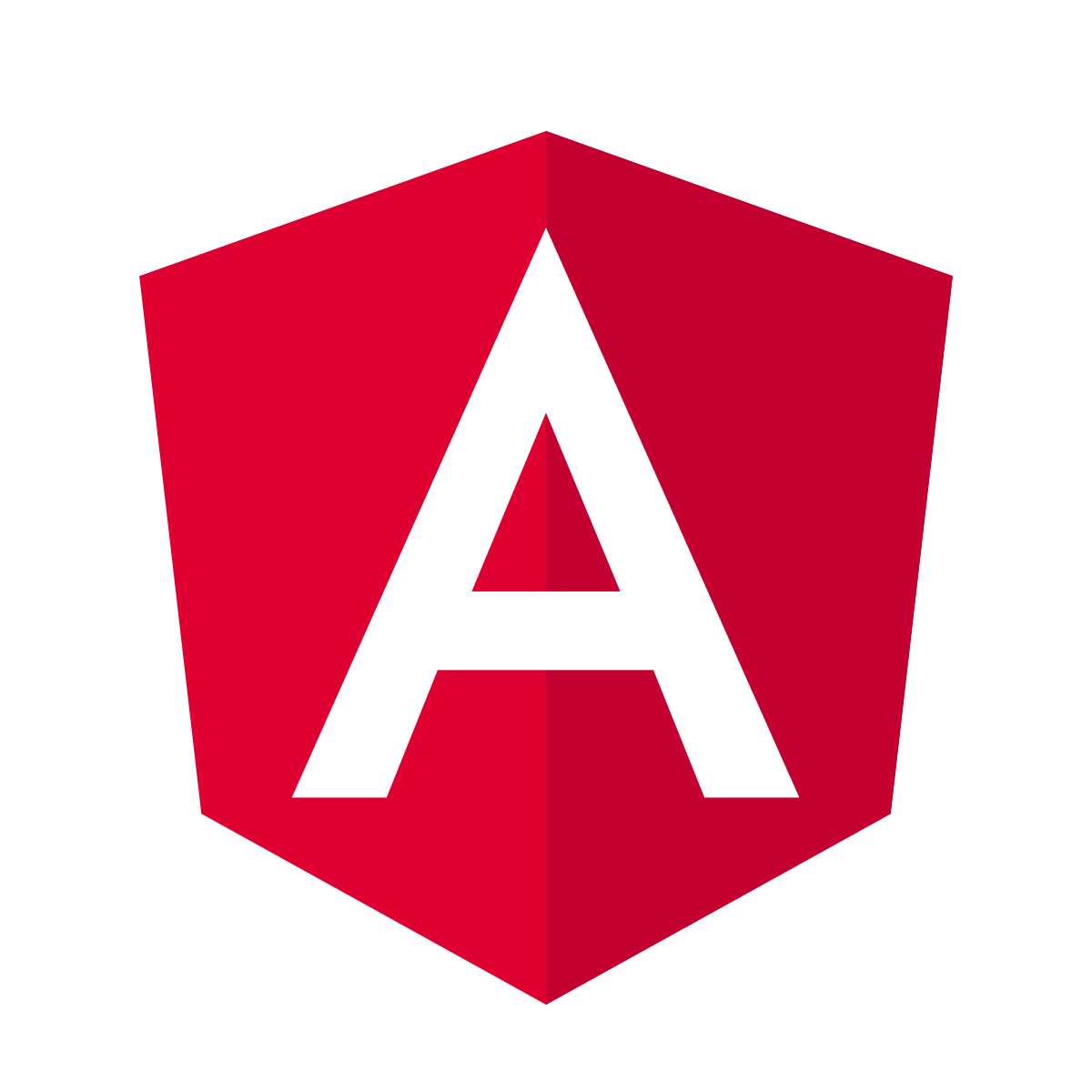Are you familiar with the latest version of Angular? Nowadays, developers are very interested in learning about Angular 17, the framework’s latest version. The Angular team recently released Angular 17 on November 8, 2023, and it has a ton of new features and improvements.
Angular 17 prioritizes enhancing existing strengths and implementing performance optimizations. The main focus behind introducing Angular 17 is to elevate developer productivity and enrich the overall user experience. This latest Angular version empowers developers to effortlessly leverage new features for more efficient development.
Angular has improved with each subsequent iteration, solidifying its place in the hearts of developers and retaining its position as one of the top frontend frameworks even today. With Angular 17, it is no different. If you seek to learn more about the key features of Angular 17, go no further. The purpose of this blog is to help you acquire a better understanding of some of the new Angular 17 features.
What’s New in Angular 17?: Exploring the Latest Features

Angular 17 is the latest version in the Angular ecosystem, with many improvements and new features. With a fresh look and feel, it promises an efficient developer experience, improved performance, and so much more. Let’s dive into the main subject of this article and look at Angular 17 new features.
1. Built-In Control Flow
The latest Angular v17 comes with a built-in control flow that simplifies the development process, by eliminating the need for special symbols and prefixes. Working with Angular, even a well-seasoned developer would face issues using *ngIf, *ngFor, and *ngSwitch directives, which are part of the existing directive-based control flow.
This new control flow aims to provide developers with a simpler, more readable, and more intuitive approach, enabling developers to write and manage complex conditional codes more easily. The new syntax uses an @-based approach, similar to some other programming languages. It offers developers noteworthy benefits over the existing control flow, enhancing the developer experience, all while resulting in faster runtime performance of up to 90% compared to older directives.
2. Deferrable Views
Angular 17’s deferrable views are a powerful tool for optimizing application performance. They offer a more granular and flexible way to implement lazy loading within Angular templates. They are available for use in the form of a new template syntax that lets developers specify when certain components or elements of your template should load. This works by postponing the rendering of certain parts or sections of your application until or unless needed, or if a specific condition is met. This can, thus, lead to a faster initial load time, improved overall performance, and a smoother user experience.
3. Enhanced Server-Side Rendering (SSR)
The Angular v17 release has brought about significant improvements to Server-Side Rendering by simplifying its setup with the ng add @angular/ssr command. This command will automatically install the necessary dependencies and configure the application for SSR, paving the way for effortless integration.
It works by rendering Angular applications on the server and delivering pre-rendered HTML to the client, which generates several advantages, including enhanced performance, a better user experience, and more effective SEO.
4. Improved Build Performance with ESBuild
When Angular v16 was released, the Angular team introduced a developer preview of ESBuild, which was a system quickly adopted and experimented with by developers and enterprises alike. Following the roll-out of Angular v17, they have enabled the application builder ESBuild by default for all new applications.
ESBuild is basically a lightning-fast JavaScript bundler, which replaces the previous Webpack, Angular 17 onwards. This app builder performs far more quickly than Webpack, delivering 87% faster builds for hybrid renderings and 67% faster builds for client-side renderings, resulting in faster development cycles. Additionally, ESBuild excels at handling modern JavaScript, leading to smaller bundle sizes for your app, which can reduce initial loading times.
5. Support for TypeScript 5.2
One of the main reasons Angular has established itself as one of the top frontend web development frameworks is, in part, due to TypeScript. Through the utilization of TypeScript’s distinctive features like refactoring, type checking, and IntelliSense, Angular simplifies development and boosts code accuracy.
The latest Angular v17 supports TypeScript 5.2 and later versions. This means that by choosing to upgrade to Angular 17, developers can benefit from the latest TypeScript features, including enhanced type checking, cleaner and error-free code, and less boilerplate. This translates to improved development efficiency, better application maintainability, and a smoother coding experience.
6. Standalone Components
Standalone components are another primary Angular 17 feature; they offer a new way to create components without needing an NgModule. Conventionally, components had to be registered in an NgModule, which could lead to boilerplate code and increased complexity. Standalone components break free from this requirement, offering a more streamlined approach. This translates to faster development cycles and eases the creation of lightweight, reusable components. They are particularly beneficial for scenarios like web components or custom elements, where lightweight and modular components are essential. By completely eliminating the need for NgModules, standalone components empower developers to focus on the core functionality of their components, resulting in cleaner and more maintainable code.
Read Also, Top Skills To Look For In An Angular Developer
Conclusion
In a nutshell, packed with remarkable new features and enhancements, Angular v17 heralds an advancement in the realm of software development. This recently released iteration of the framework sets benchmarks by elevating the developer and user experience to unprecedented heights. With a host of new features, upgrades, and performance optimizations already in place and many more on the horizon, Angular v17 is indisputably a game changer, primed to revamp the playing field.
For developers who want to stay ahead of the curve, Angular 17 offers a multitude of fantastic tools and enhancements to help them excel. Similarly, for business owners, leveraging the framework effectively can open doors to innumerable benefits. If you are in search of a reliable ally to help you capitalize on Angular 17’s revolutionary capabilities, choose TechnoBrains, a premier Angular development company. With our specialized expertise, we can assist you in unlocking the full potential of Angular 17 and adding real value to your initiatives. Connect with us today!









